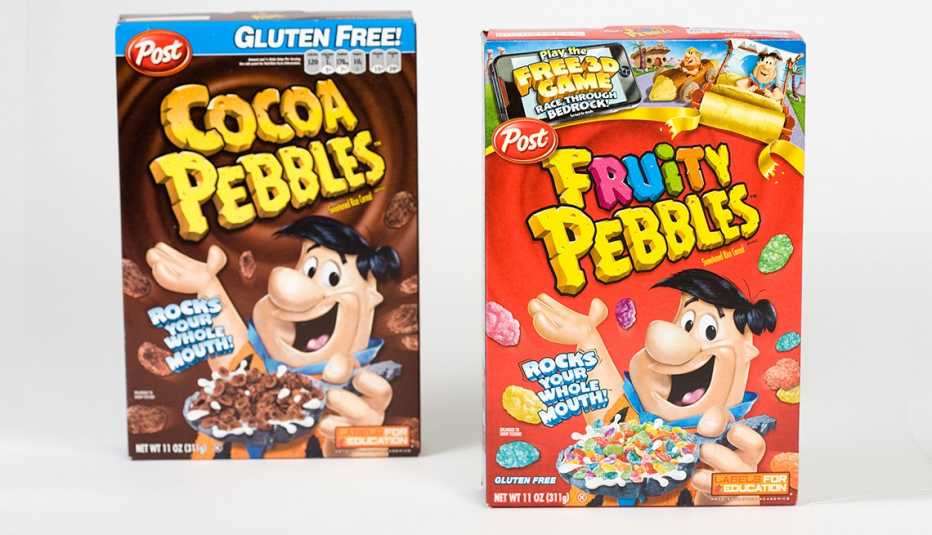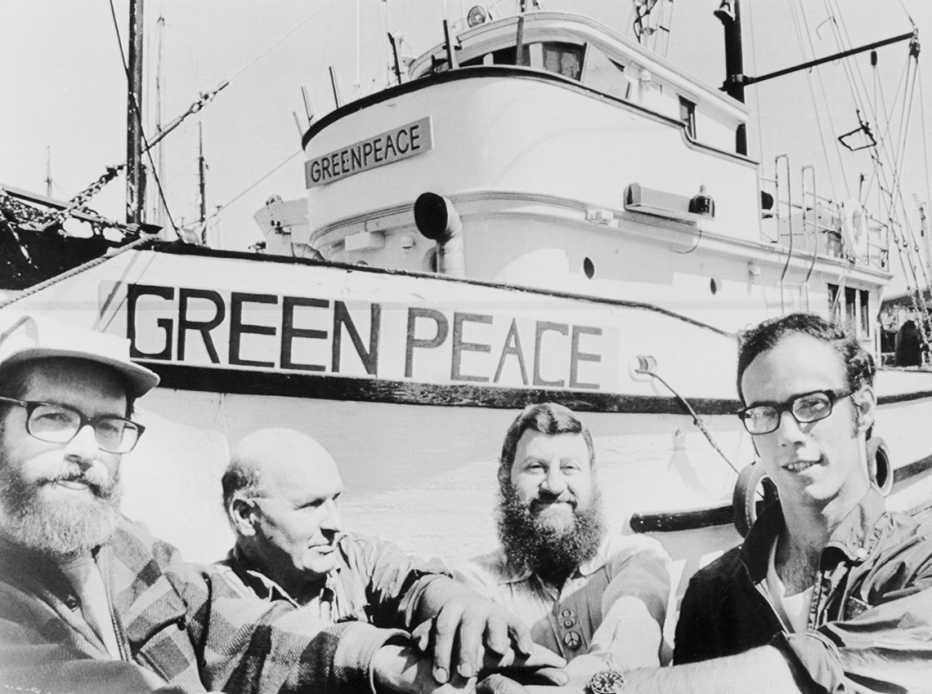Staying Fit


This year marks the 50th anniversary of these iconic brands, songs, movies, places and other things that have helped shape American culture over the last half century.
Music
"American Pie”
Don McLean's iconic eight-minute-long “American Pie” rocketed to the top of the charts when it was released on the album of the same name in 1971 — striking a chord with its mood of nostalgia and disillusionment.


AARP Membership— $12 for your first year when you sign up for Automatic Renewal
Get instant access to members-only products and hundreds of discounts, a free second membership, and a subscription to AARP the Magazine.
Eagles
One of the biggest bands of all time started as backup musicians for Linda Ronstadt in 1971. Glenn Frey, Don Henley, Bernie Leadon and Randy Meisner decided to start their own group, and the Eagles was born — and took off. The band's Greatest Hits 1971-1975 is the best-selling album of all time, with 38 million copies sold.
"Imagine"
John Lennon composed “Imagine” in just one session in May 1971 at his grand piano in England. Since its release on Oct. 11, 1971, it has been covered by Liza Minnelli, Stevie Wonder, Neil Young and Lady Gaga — and Bono has said that the song is the reason he went into music.
Pearl
Janis Joplin's album Pearl was released posthumously in January 1971, and went on to be certified quadruple platinum. Her cover of Kris Kristofferson's “Me And Bobby McGee” soared to the top of the Billboard Charts three months later.
Earth Wind & Fire
When Maurice White relocated to L.A. with friends and fellow musicians Wade Flemons and Don Whitehead, he changed their band's name from the Salty Peppers to Earth, Wind & Fire, after the three elements in his astrological chart. They released their self-titled debut album in 1971.
"What's Going On"
Marvin Gaye's “What's Going On” was released on Jan. 20, 1971, and reached number 2 on the Billboard Hot 100 chart. Rolling Stone ranked it fourth in its list of 500 greatest songs of all time.
"How Can You Mend a Broken Heart"
Though they made their American TV debut on The Ed Sullivan Show in 1968, it wasn't until 1971 that Barry, Maurice and Robin Gibb — collectively The Bee Gees — made it to the top of the Billboard charts with “How Can You Mend a Broken Heart” from their Trafalgar album.
Movies
Willy Wonka & the Chocolate Factory
Gene Wilder brought the candy man to life in the film version of Roald Dahl's 1964 book Charlie and the Chocolate Factory, which premiered on June 30, 1971. Timothée Chalamet is reportedly set to play Wonka in an upcoming musical film based on the the story.
The French Connection
The crime drama, which premiered Oct. 9, 1971, won Oscars for best picture, direction, screenplay and editing, and Gene Hackman won an Academy Award for his portrayal of detective Jimmy “Popeye” Doyle.
Diamonds Are Forever
Sean Connery hung up his tux after his last performance as Bond — James Bond — in Diamonds Are Forever, which premiered Dec. 17, 1971. He starred alongside Jill St. John, the first American Bond girl.
Dirty Harry
One of movies’ most famous lines came from Clint Eastwood in Dirty Harry: “Do I feel lucky? Well, do ya, punk?” Eastwood, who plays San Francisco police inspector “Dirty” Harry Callahan, performs all of his own stunts in the movie.


A Clockwork Orange
Based on the Anthony Burgess 1962 novel of the same name, this dark film by Stanley Kubrick premiered on Dec. 19, 1971, in New York City. It depicted a volent dystopian nightmare — too disturbing for some, but preserved in the National Film Registry by the Library of Congress for being “culturally, historically, or aesthetically significant."
Play Misty for Me
Clint Eastwood starred in a second hit film in 1971, Play Misty for Me, as a radio disc jockey stalked by a female fan (Jessica Walter). The thriller was also Eastwood's directorial debut.
The Last Picture Show
Cybill Shepherd made her silver screen debut in The Last Picture Show, starring alongside Jeff Bridges, Timothy Bottoms, Cloris Leachman and Ellen Burstyn. Adapted from the 1966 Larry McMurtry novel of the same name, the film was released on Oct. 22, 1971, and nominated for 22 Academy Awards.
Lucasfilm
In 1971, George Lucas established the production company Lucasfilm in San Francisco, where he could “shake up the status quo ... of how movies were made and what they were about,” as he has put it. In the decades since, he has transported moviegoers to galaxies far, far away — and Lucasfilm was acquired by The Walt Disney Co.
TV
All in the Family
Crotchety, bigoted Archie Bunker (Carroll O'Connor) became one television's legendary figures on this Norman Lear-produced sitcom that ran from 1971 to 1979. The first show of its kind, it tackled the era's most controversial issues, from the Vietnam War to feminism, and won four Emmys for outstanding comedy series.



































































More on History
MTV's 40th Anniversary: A Look Back at the Music Video Stars
Back in 1981, the revolutionary channel appeared, and it changed the world
50 Things Over 50 We Still Love Every Day
From the microwave to The Beatles, what would life be like without these classics?